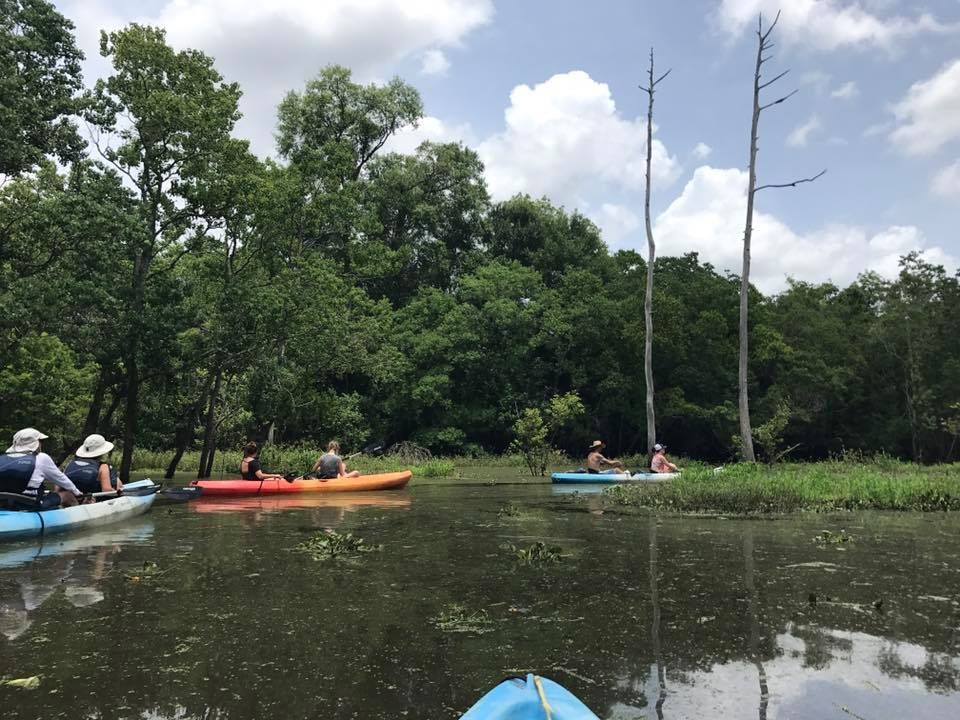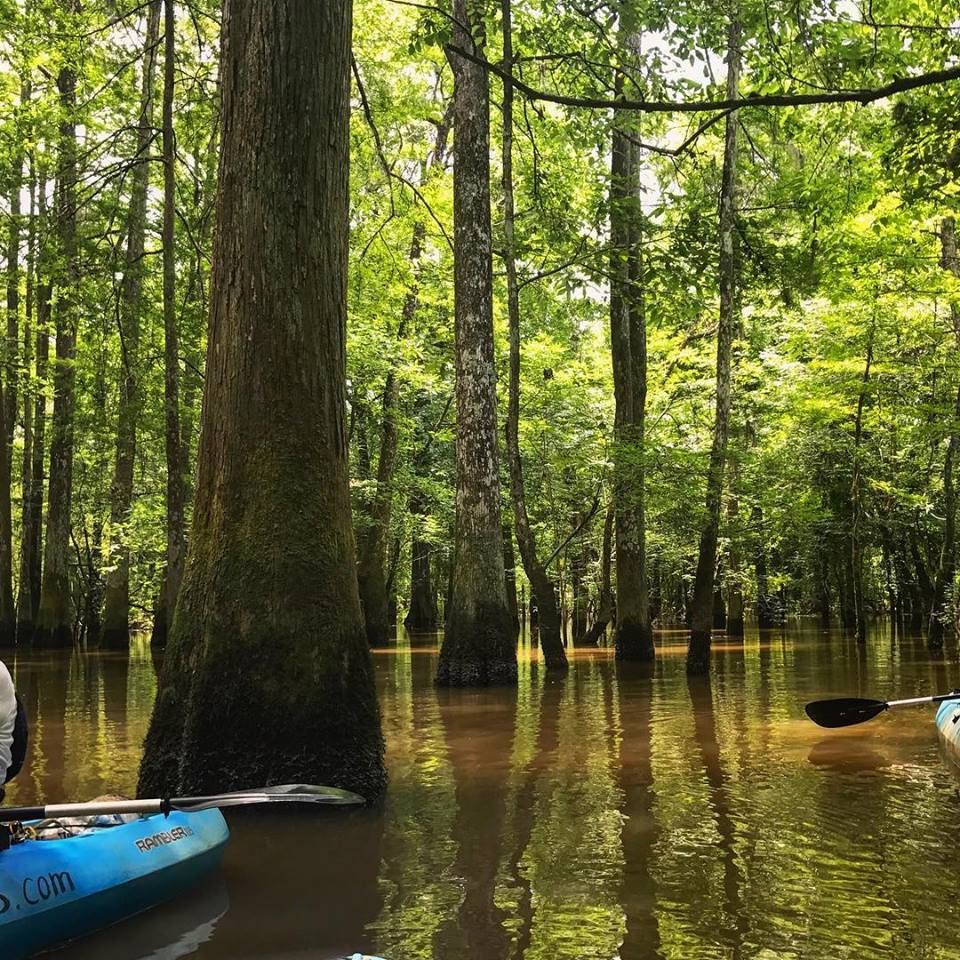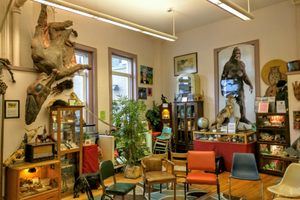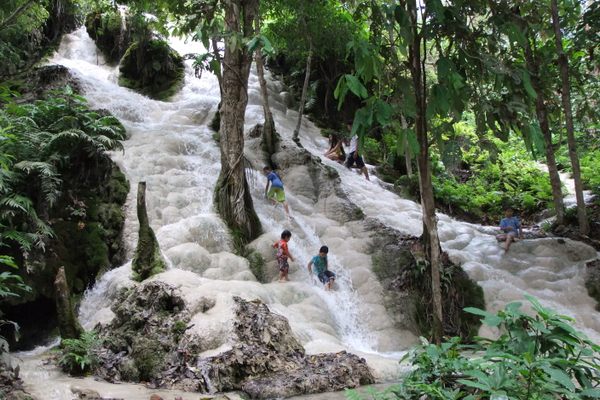About
The lore of Louisiana has always included reference to the swamps. These humid, soggy environments are interspersed throughout much of the southeastern United States. They host many beasts—snakes, alligators, bugs, you name it—and, according to the lore, are home to mysterious monsters.
The Honey Island Swamp Monster is one such myth. Legend says a giant primate-like creature with gray hair and yellow eyes haunts this area of the bayou. The creature is supposedly the offspring of escaped circus chimpanzees that mated with the local alligators. Thankfully, its supposed victims have all been non-human, the primary casualty being a wild boar.
Cryptozoology aside, Honey Island Swamp does have an otherworldly ambiance. Somehow, the marshy surroundings feel both very earthy (you are, after all, surrounded by muddy water) and ethereal, especially when the light flickers through the trees while the silence swells and pulses over the water, interrupted only by the soft humming from bugs and the occasional splash of an oar.
Local guides—many of whom grew up right next to the bayou—regale kayaking tourists with stories of their Cajun childhoods and how they used to row small boats to and from some of the neighbors’ houses, though this way of life is rapidly fading. They discuss drinking from fresh springs and hunting and eating the unseen animals that lie hidden in the swamp … and then in the next moment, they’ll tell you about their pickup truck and the concert they recently went to and their short-term gig in the New Orleans tourism sector. It's a fascinating meeting of two worlds.
Honey Island Swamp is fed by Pearl River, so named by French explorers after they saw the pearls that dotted the river basin. Originally inhabited by the Choctaw and Acolapissas Native Americans, the Pearl River basin is an ecological treasure trove, and has always served as a rich source of food and resources. It holds the greatest aquatic species diversity in all of Louisiana. There are between 120 to 140 species of fish, almost 40 types of freshwater mussels, hardwood forests, cypress and tupelo trees growing in the water, birds, wild boars, alligators, turtles, and more.
Related Tags
Know Before You Go
Bring bug spray and sunscreen—the cypress trees provide a good amount of shade, but there are certainly sunny spots.
Published
February 5, 2019






























